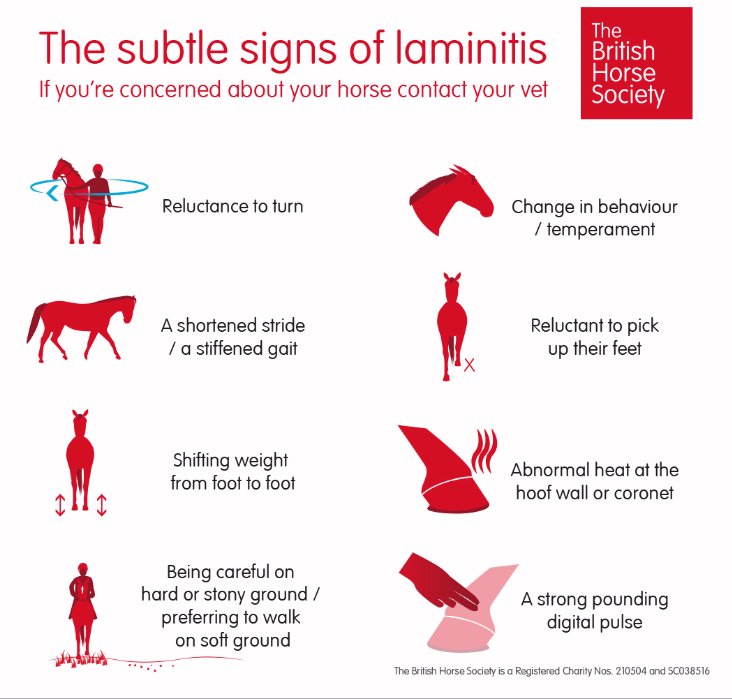Look for laminitis after giving corticosteroids.
Low grade laminitis symptoms.
Horses with low grade laminitis can be made comfortable and taken off bute while still having an active case of the disease.
It can be fatal.
However founder usually refers to a chronic long term condition associated with rotation of the coffin bone whereas acute laminitis refers to symptoms associated with a sudden initial attack including pain and inflammation of the laminae.
Horses shift weight from one foot to the other or incessantly lift feet.
It has been suggested that this may be a reason why some horses have difficulty performing on hard tracks but perform better on softer ground although this is unproven.
These results strongly suggest that low grade laminitis is affecting racing performance without the horses showing any obvious symptoms of the disease.
Please note steroids and bute must not be given together.
At a simplistic level low grade laminitis is just low grade inflammation of the laminar corium.
However unlike the condition that we ve known and dreaded for generations in low grade laminitis you don t get the catastrophic failure of the laminae and the resulting extreme pain and damage to the hoof.
I thought the laminitis cascade had to be stopped before the horse would find any degree of comfort.
I didn t believe that before this year.
A horse with low grade laminitis is not only in pain and has compromised performance it can be tipped over.
If your horse recently had a round of steroids make sure to be on the lookout for the symptoms of laminitis.
Laminitis is a devastating condition that can wreak havoc with any horse.
You should particularly pay attention when your horse has had a very large dose of steroids.
However laminitis doesn t always appear as the classic rocked back laminitic stance and bounding digital pulses.
The obel system categorizes clinical signs of laminitis related pain into the following four categories.
The aim of trimming and shoeing horses with low grade laminitis he adds is to minimize forces on the laminae and improve blood supply to the tissues that produce hoof wall and sole.
Low grade laminitis can smolder away with symptoms that are often not recognized by the owner.
This can be done with a variety of shoes and trimming techniques that encourage the horse to load the healthier heel region of the hoof.

